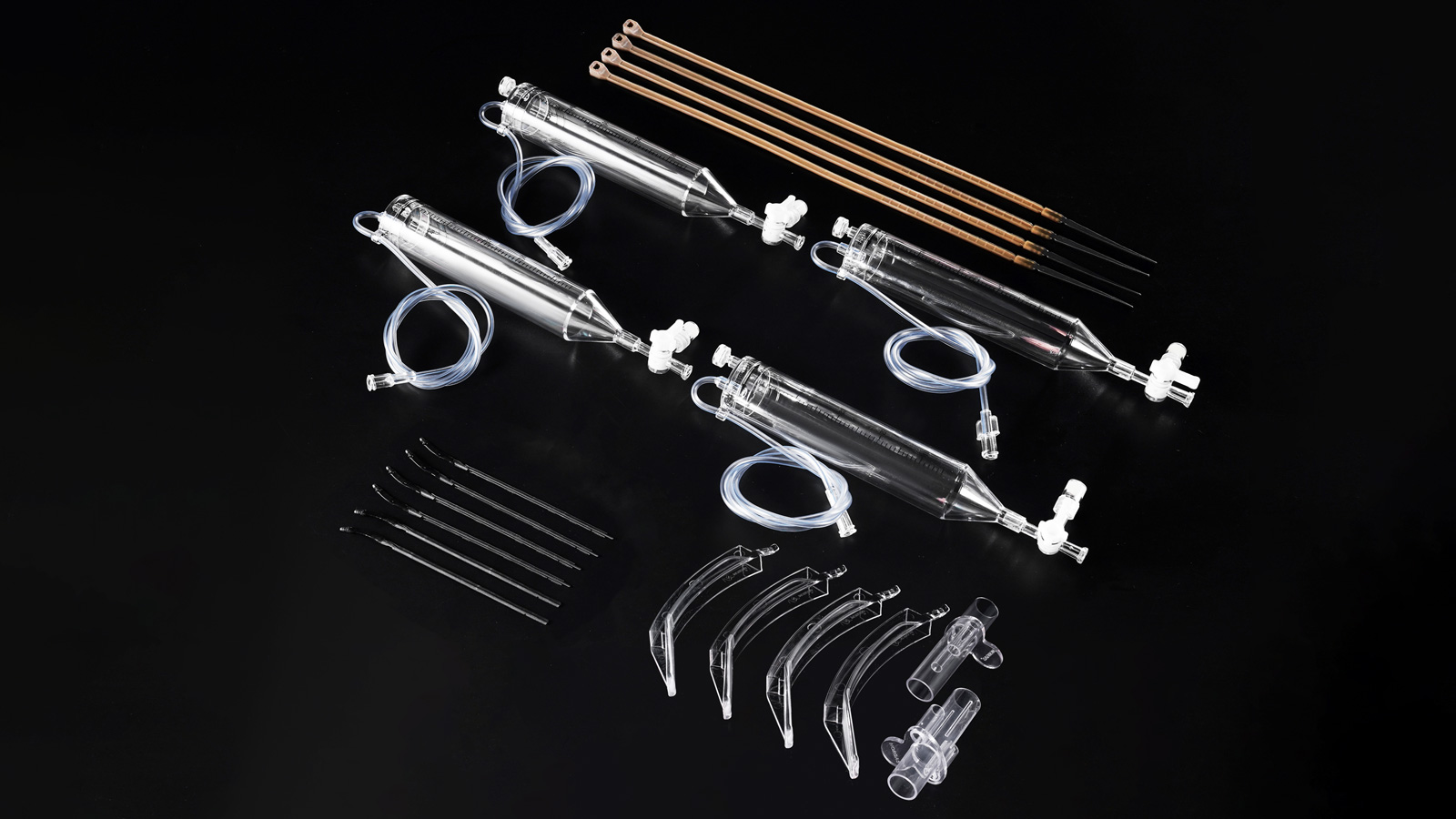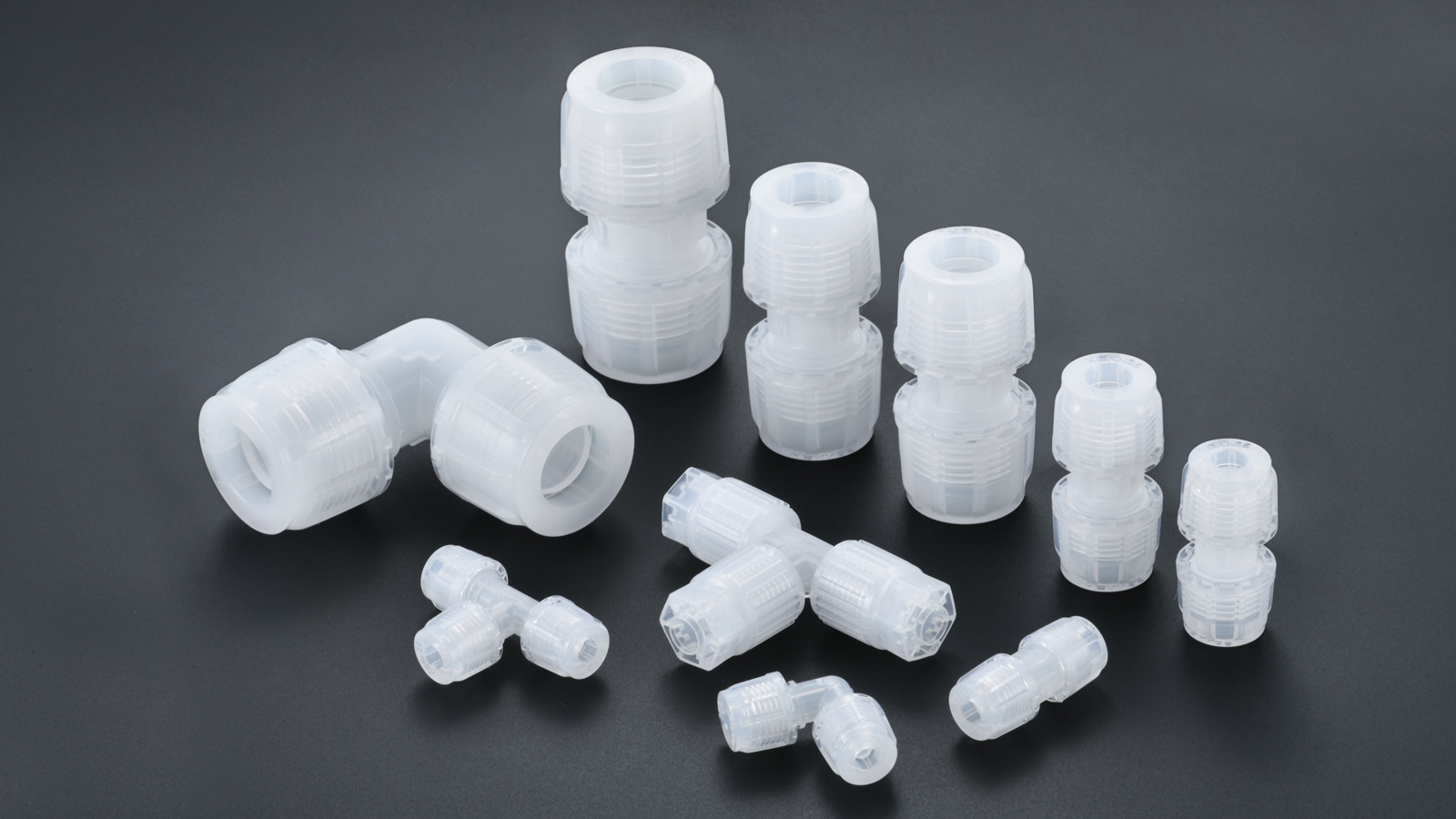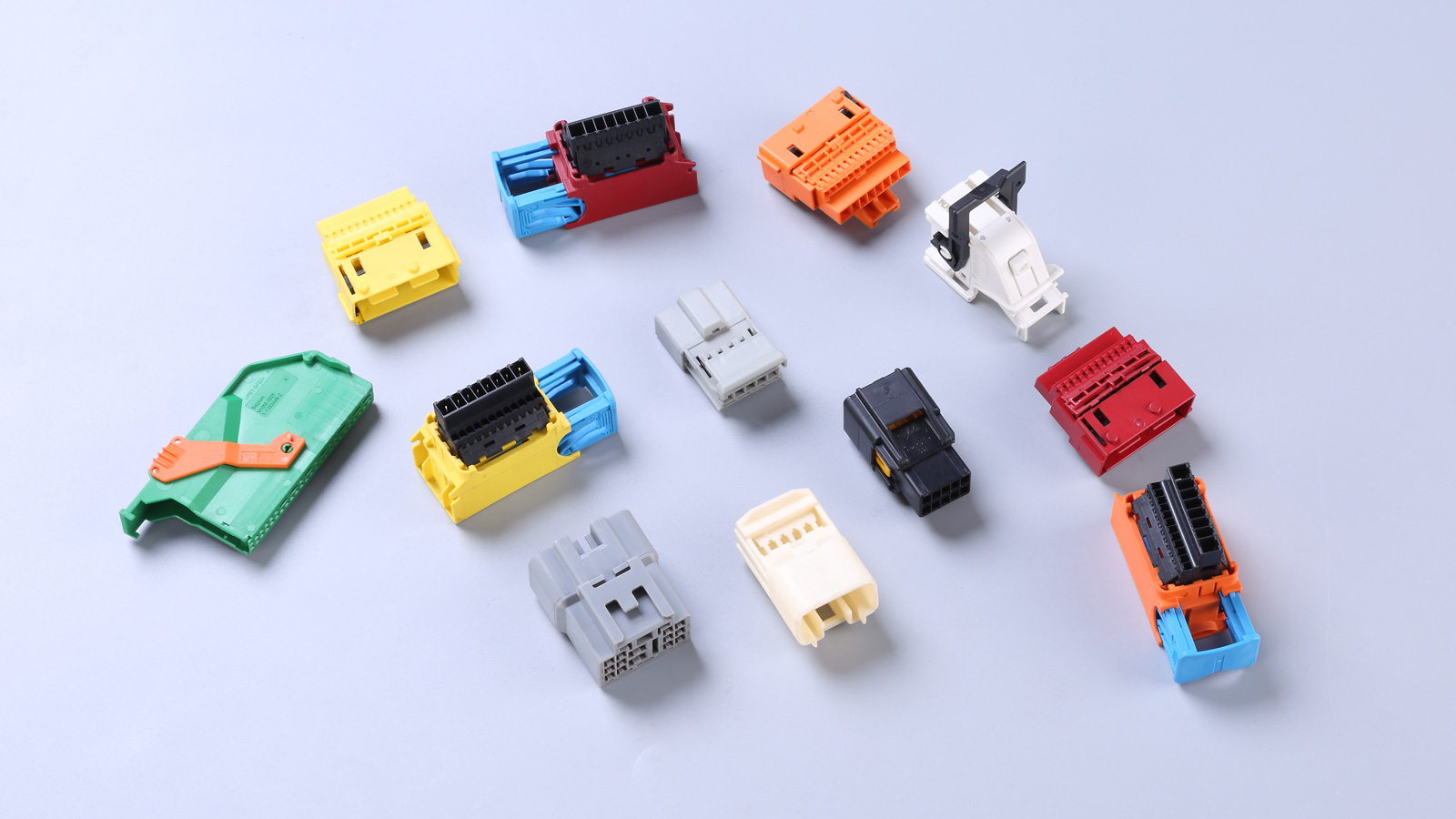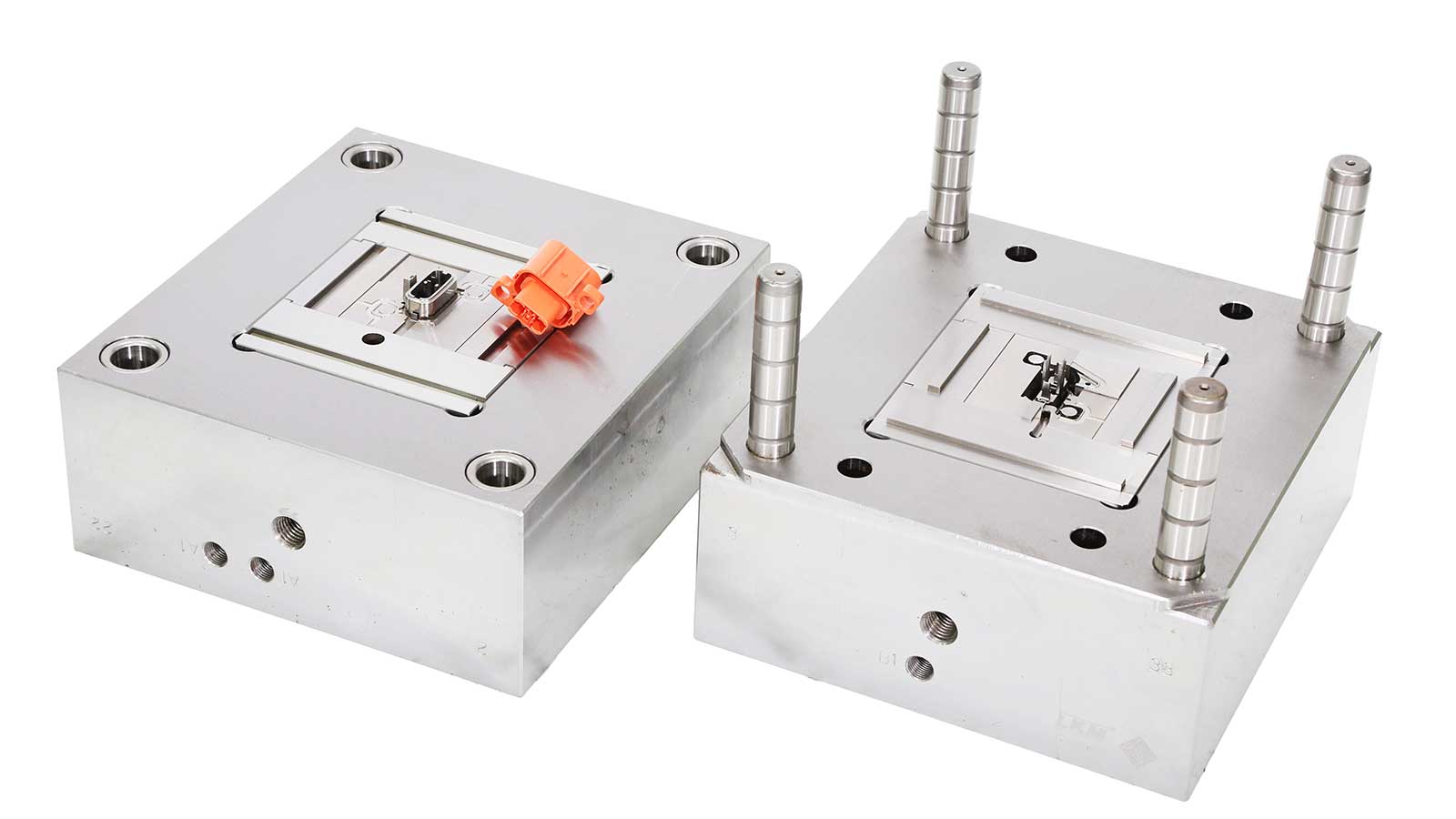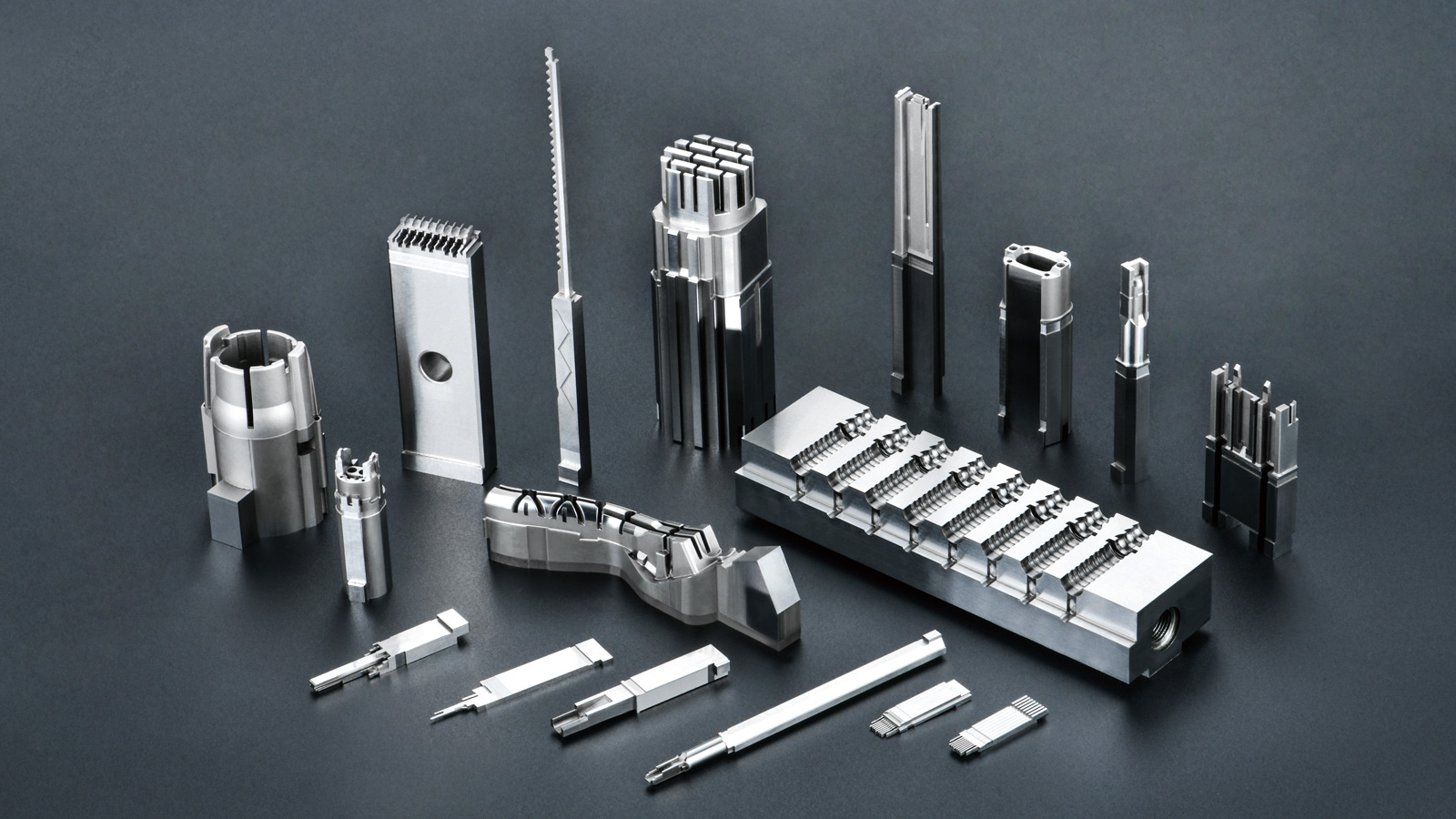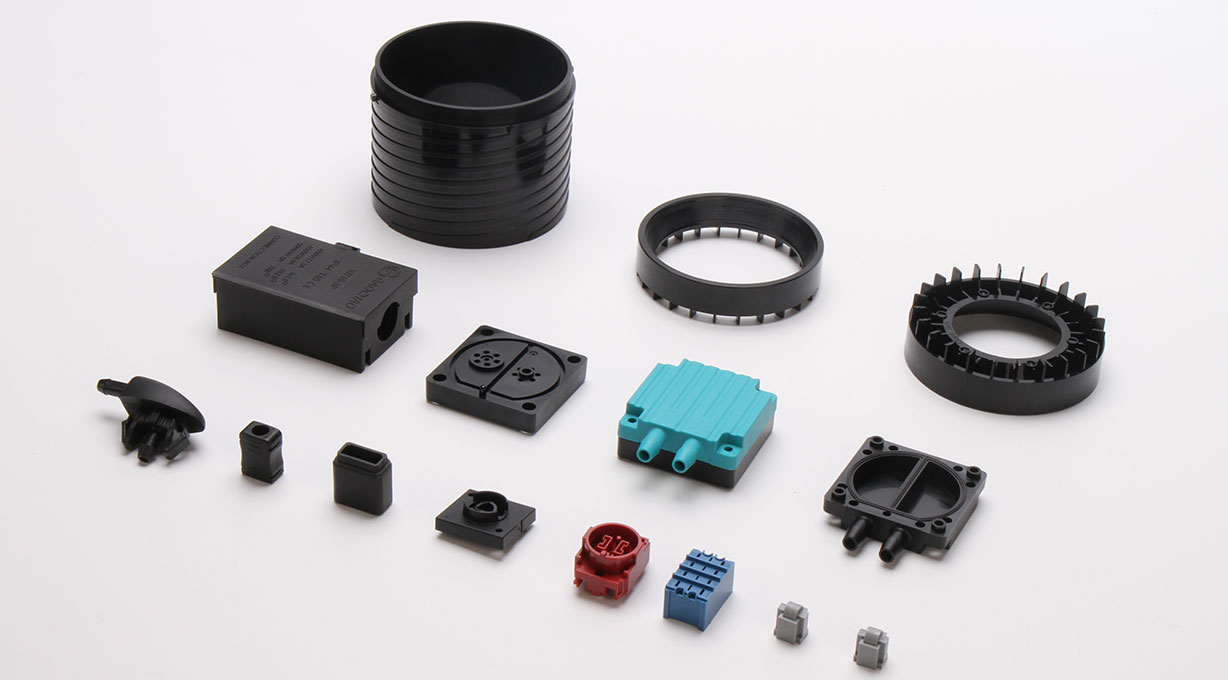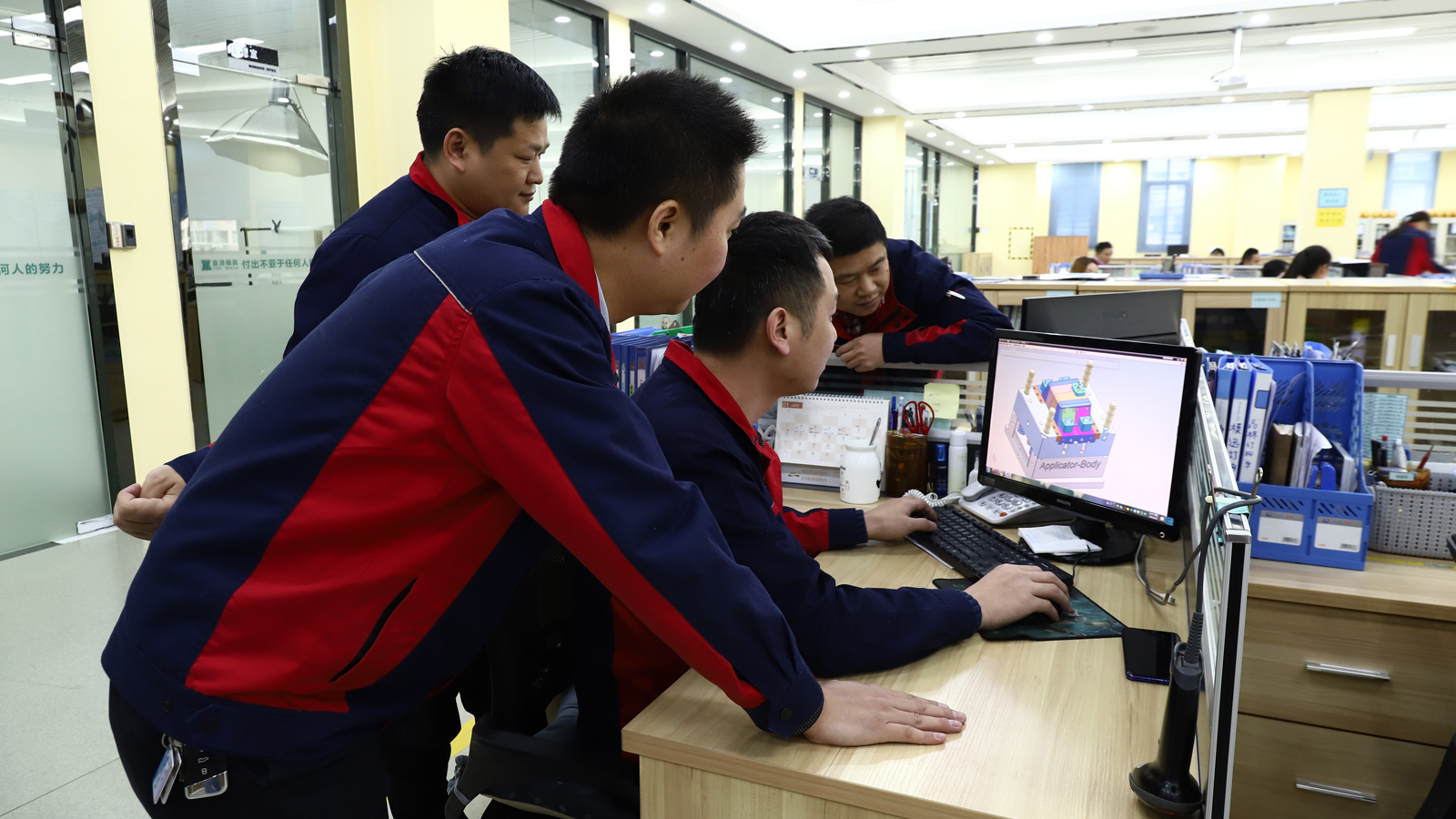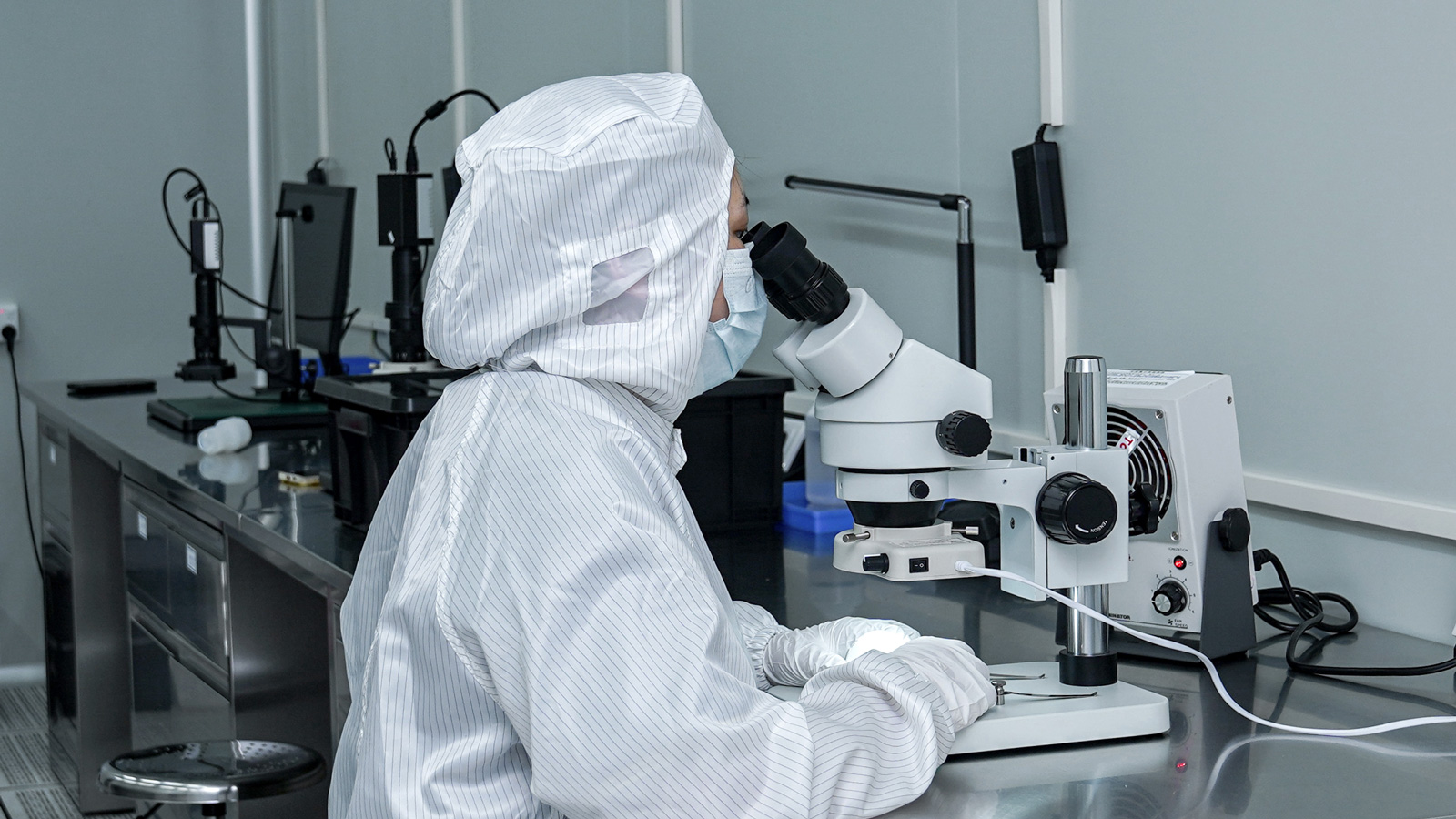In the trial molding process of injection molds, every detail is crucial for the final product quality and production efficiency. Mold engineers, as key controllers in this process, shoulder significant responsibilities. They need to carefully prepare the Design for Manufacturability (DFM) report in advance and conduct a detailed inspection of the injection mold structure. Any doubts should be clarified on the spot with relevant personnel to ensure a clear and accurate understanding of the mold structure. If problems are found during the inspection, they should be recorded in the trial molding form and corrective measures should be taken promptly, laying a solid foundation for subsequent trial molding work. The following will elaborate on several key aspects that need to be focused on during the trial molding process.
Precise Inspection of Water Circuit Connections and Reasonable Setting of Injection Parameters
Water circuit connection methods, injection mold temperature, barrel temperature, and injection conditions are interrelated factors that collectively affect the quality of injection molding. Mold engineers must check each water connection method one by one to ensure its correctness. At the same time, they should accurately set the injection mold temperature and barrel temperature according to the product characteristics and process requirements. The inspection of injection conditions should not be overlooked, and all parameters should meet production standards. Once non-conformities are found, they should be corrected immediately. If they cannot be resolved on the spot due to certain objective reasons, they should be recorded in detail in the trial molding form so that problems can be targeted and solved during subsequent inspections and improvements, gradually optimizing production conditions.

Reasonable Control of Product Filling Degree
Estimating the product size before ejection is of great importance. Based on the MOLDFLOW conditions, the pressure-holding switching position should be determined in advance, and the product should be kept under zero pressure. When filling the product, first inject it to a stable state of 90% – 95%, and keep the screw storage material at around 10%. When the injection mold has multiple cavities, carefully check whether the feed in each cavity is uniform. If the feed is not uniform, samples should be retained for subsequent precise mold adjustments. After the initial filling, slowly increase the pressure and closely observe the changes in the product appearance until it reaches the best state. This process requires mold engineers to have rich experience and keen observation skills, adjusting operations flexibly according to the actual situation to ensure the quality of product filling.
Strict Verification of Size and Appearance Quality
Dimensional accuracy and appearance quality are important indicators for judging whether an injection-molded product is qualified. During the trial molding process, mold engineers should carefully adjust the product structure and appearance and fine-tune the injection parameters to find the best conditions for the appearance structure. Under these conditions, inject the required number of samples and carefully check whether the samples have injection molding defects such as shrinkage, burrs, and insufficient filling. If all samples are qualified, record the molding condition form in detail to provide a reliable basis for subsequent mass production. If there are problems that cannot be solved on the spot, retain the samples and make detailed records for in-depth analysis of the problem causes and formulation of feasible improvement measures to continuously improve product quality.
The trial molding of injection molds is a rigorous and complex process. Mold engineers need to strictly control every link and pay attention to details to ensure the success of trial molding and provide a strong guarantee for the mass production of high-quality injection-molded products.
